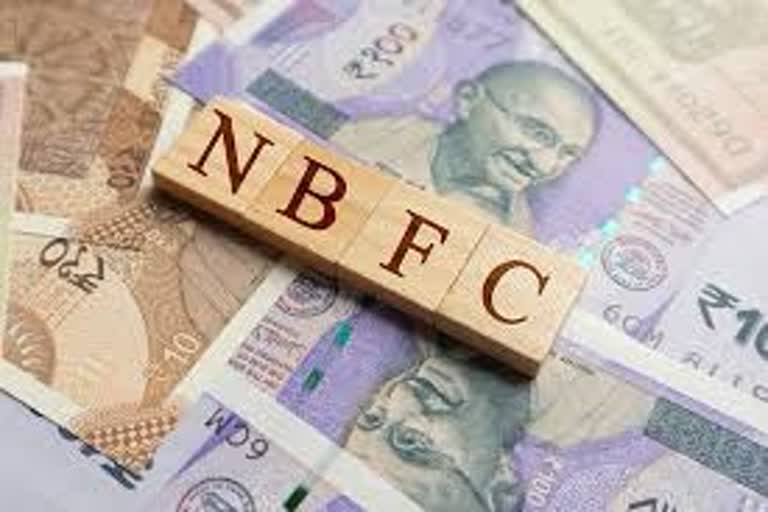New Delhi:Finance Industry Development Council (FIDC) has written to the Finance Minister Nirmala Sitharaman seeking measures to improve liquidity support for small and mid-sized non-banking financial companies (NBFC) in the FY22 Union Budget.
In its letter, the industry body noted that although the government has taken a number of steps to provide liquidity support to NBFCs over the past two years, small and medium-sized NBFCs continue to face challenges on the liquidity front.
It said that all the small-sized NBFCs, and also a large number of medium-sized NBFCs, do not access capital market due to the complexities in compliances to various rules and regulations. They do not issue bonds, debentures or commercial papers and instead borrow by way of 'term loans' secured against their receivables, from banks and FIs like SIDBI and NABARD.
"This single factor has ruled these companies out of contention for availing funding under the TLTRO 1.0 & TLRO 2.0 of RBI and PCG 2.0, SPL (Special Liquidity Scheme) of Ministry of Finance as all these schemes entailed investment by banks and SPV in bonds/CPs issued by NBFCs," it said.
FIDC also noted that all the schemes announced by the RBI and the government have prescribed a minimum credit rating as an eligibility criterion for NBFCs and the rating model which is followed by all the accredited credit rating agencies entails "size" as an important parameter.
All the credit rating agencies use the same scale to rate both large and small NBFCs. In such a scenario, as per the industry body it would be practically impossible for a small-sized NBFC to get the desired level of credit rating despite a sound balance sheet and excellent track record.
It has suggested that parameters like capital-to-risk weighted assets ratio (CRAR), asset quality (NPA levels), profitability and experience and understanding of the management should be given due weightage in deciding the eligibility of NBFCs to avail funds.
Read more:Myntra sells 1.1 crore items to 32 lakh customers in 5 days
